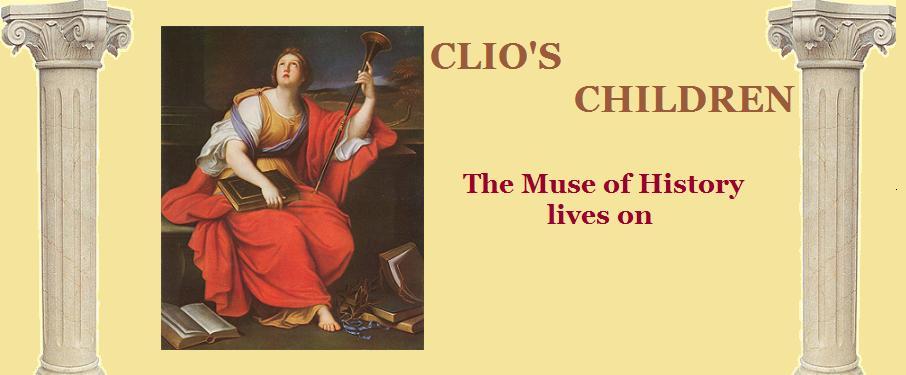She's Clio's guest today cross post blogging about:
Georgian Secrets: Ladies' Undergarments During the American War of Independence
Readers occasionally ask me what ladies of the late 18th century wore for underwear beneath those lovely gowns and petticoats. Did they wear panties? What made their hips so huge and their torsos look like tubes?
On Sunday 19 September, Louise Benner, the Curator of Costumes and Textiles at the North Carolina Museum of History presented the program "From Head to Toe: Clothing in 18th-Century North Carolina." A portion of her program included showing the audience the underclothing beneath the gorgeous polonaise gown that a volunteer named Gina was wearing.
For upper class and many middle-class women, undergarments consisted of the following:
* Shift. Ms. Benner's hand is on the sleeve of Gina's shift. The shift, later called a "chemise," was made of cotton, linen, wool, or silk, had three-quarter length sleeves, and reached to the middle of the woman's calf. Shifts doubled as sleepwear.
* Stays. In the picture, the stays are the greenish garment across Gina's midsection. Stays were heavily boned, usually with whalebone, to keep the torso erect and thus heavily restricted movement in the upper body. Stays also gave women's torsos that "tube" look.
* Panniers. Also known as side hoops, these were tied around the waist. Panniers made the hips look extra-broad beneath the petticoat and lower portion of the gown. If the gown and petticoat were made of heavy material, panniers would be constructed of metal to support the weight of the fabric.
* Pockets. Gina's right hand rests on a pocket, accessible through slits in her gown and petticoat. Women might wear pockets on both hips and/or embroider their pockets. Embroidered pockets could be worn atop the petticoat instead of beneath it.
* Stockings. Made of natural fiber like the shift, stockings were tied with ribbons just above the knee.
A woman such as a laundress who performed physical labor also wore a shift and pockets, but instead of stays and a gown, she wore a short jacket (also called a short gown) with some boning, usually pinned closed across the front. The jacket reached to just below her waist and covered the top portion of her petticoat.
Panties arrived on the underwear scene decades later.
Ms. Benner's presentation was part of a collection of lectures and free programs that supports the traveling exhibition, "Discover the Real George Washington: New Views From Mount Vernon." The North Carolina Museum of History is the only venue in the southeast to host this exhibit, which runs through 21 January 2011. Colonial North Carolina Family Day on 25 September, in which I will participate, is one of the supporting programs.






0 comments:
Post a Comment